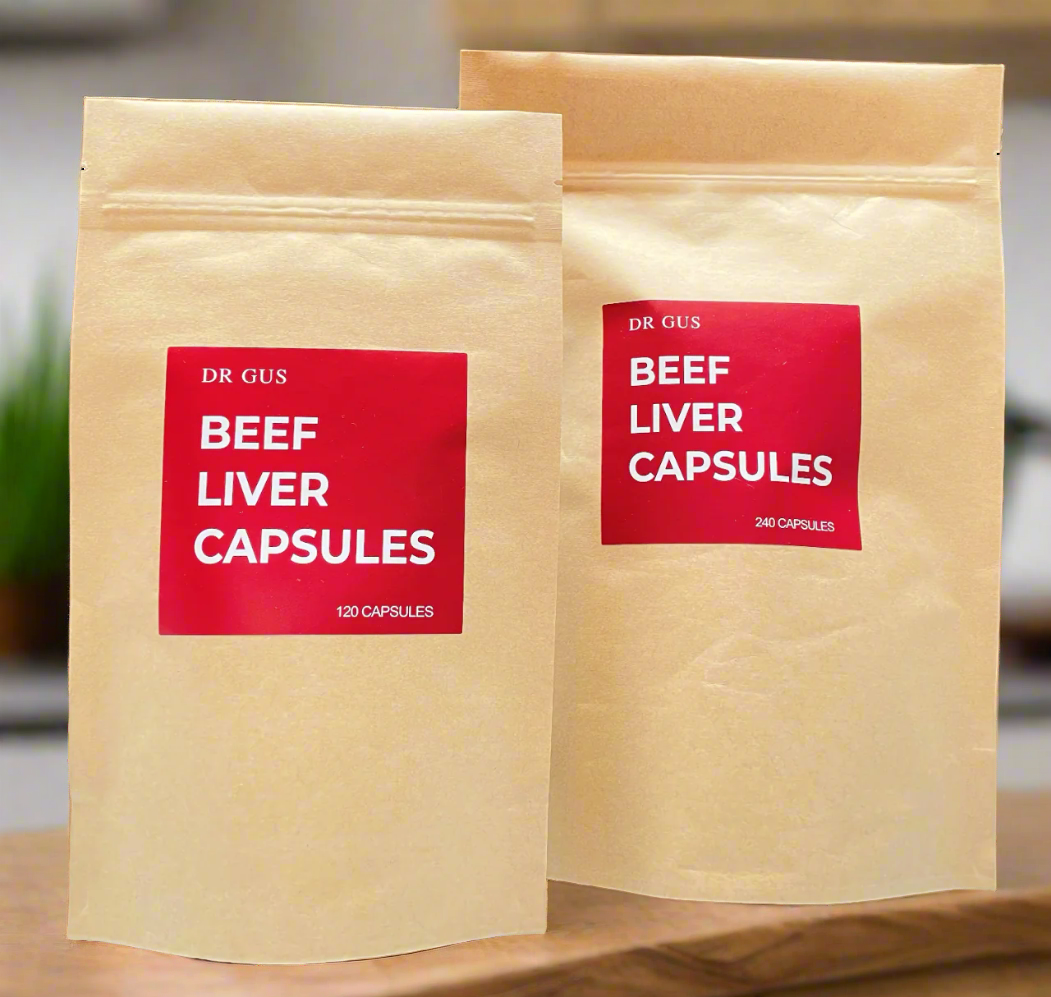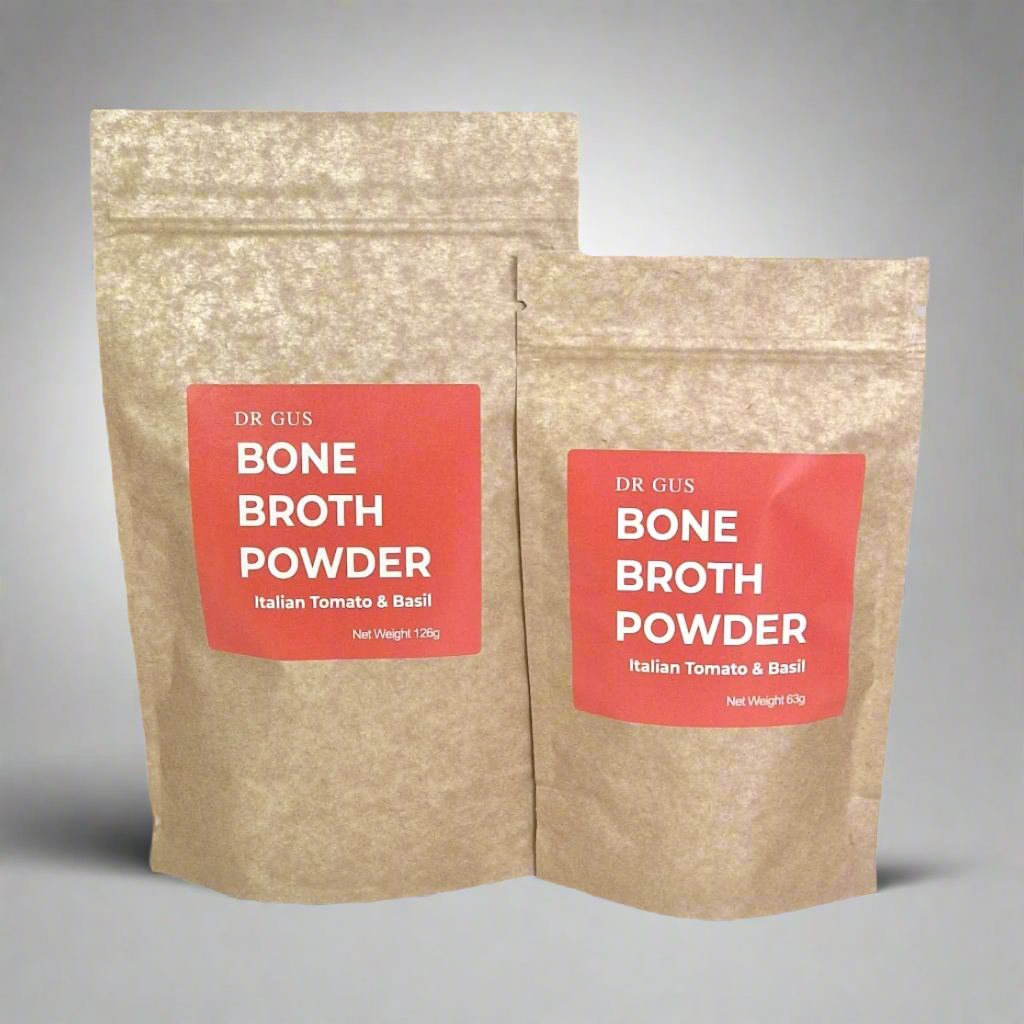
We, modern humans, need more Protein to Thrive!
July 31, 2021 3 min read
Summary
- Protein consumption is falling dramatically in modern diets
- Low protein behind current epidemics of obesity and degenerative disease.
- Humans have a protein appetite – 15% is the minimum amount to thrive, and more for elderly and young adults (20% minimum).
- Modern human diets are specially lacking in collagen type proteins
Protein
Protein is largely what the human body is made from and without sufficient supply of amino acids (building blocks of protein) the human body quickly degrades. For this reason protein, rightly, is the most expensive macronutrient gram for gram.
Recently science has started to find support for the human appetite for protein in a quite specific way. Largely based around the research of David Raubenheimer and Stephen Simpson, it seems that the human appetite for protein is accurate and robust, and is shared with many other creatures in the animal kingdom.
Hunter-gatherers (HG) in the world today eat a diet comprising around 33% protein, with the rest made up from carbohydrate and fats. The problem we now face is that the protein content of the diet is dropping to around 10% of total macronutrients (Protein, fat and carbohydrate) consumed.
From the work of Raubenheimer and Simpson it seems that modern humans need at least 15% protein to thrive and in young and older populations closer to 20% would be the minimum. The 15% value fits well with previous research that estimates that we need 1.2g of protein per Kg bodyweight (for a 50Kg person that’s 60g of protein or 240Kcals of protein, which would be about 15% of total calories for the day). Of course, if people are more active then this value should be raised.
Falling protein levels cause a multitude of issues such as tissue degeneration, but probably the greatest problem is that our appetite will guide us to eat more until we have satisfied our protein target. So, if we eat low protein foods, we will have to overeat those foods, and calories, until we have enough protein. This is one of the primary reasons for the obesity epidemic we are now entrenched in.
We can take this a bit further though and point to a principle that the make-up of the proteins matter. More than 40% of the protein content of the human body is collagen and related proteins. Although collagen can be manufactured by the body (sunlight exposure is a great way to increase collagen production), from the age of 25 we slow down our own production of collagen probably because it was so abundant in the diet of our human ancestors.
Our human ancestors would have eaten a large percentage of their protein as collagen and related amino acids such as proline, hydroxyproline, glycine and glutamine. Consumption of collagen supplements and collagen dense foods, like bone broth, has shown to slow tissue degeneration and increase tissue repair.
Another example is the ratio of the amino acids methionine and glycine. Methionine is an essential amino acid found in muscle meat, glycine is a conditionally essential amino acid found in collagen, bone, offal type meats and connective tissue. Methionine depletes glycine as together they create glutathione, but when we are low on glycine, methionine will be converted into homocysteine – which is involved in coronary heart disease but also other diseases of inflammation.
I have written more about this here!
So, the take home messages from this are:
- Prioritise protein consumption – mostly high-quality protein from animal sources.
- Increase consumption of high collagen foods such as bone broth, seafood and offal type meats.
Thanks for reading.
Explore our range of Bone Broth Powder and Beef Organ Capsules
Leave a comment
Comments will be approved before showing up.




